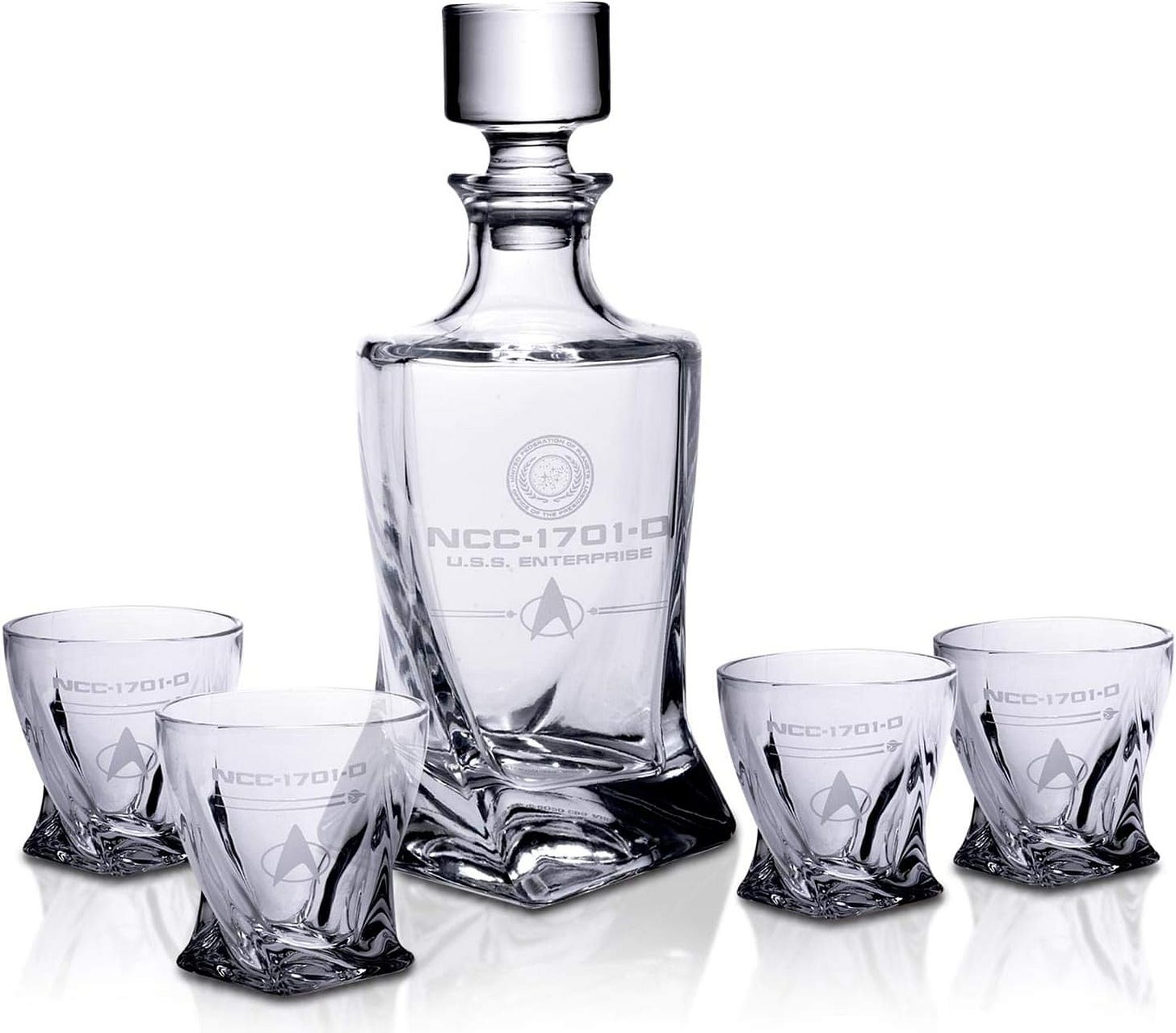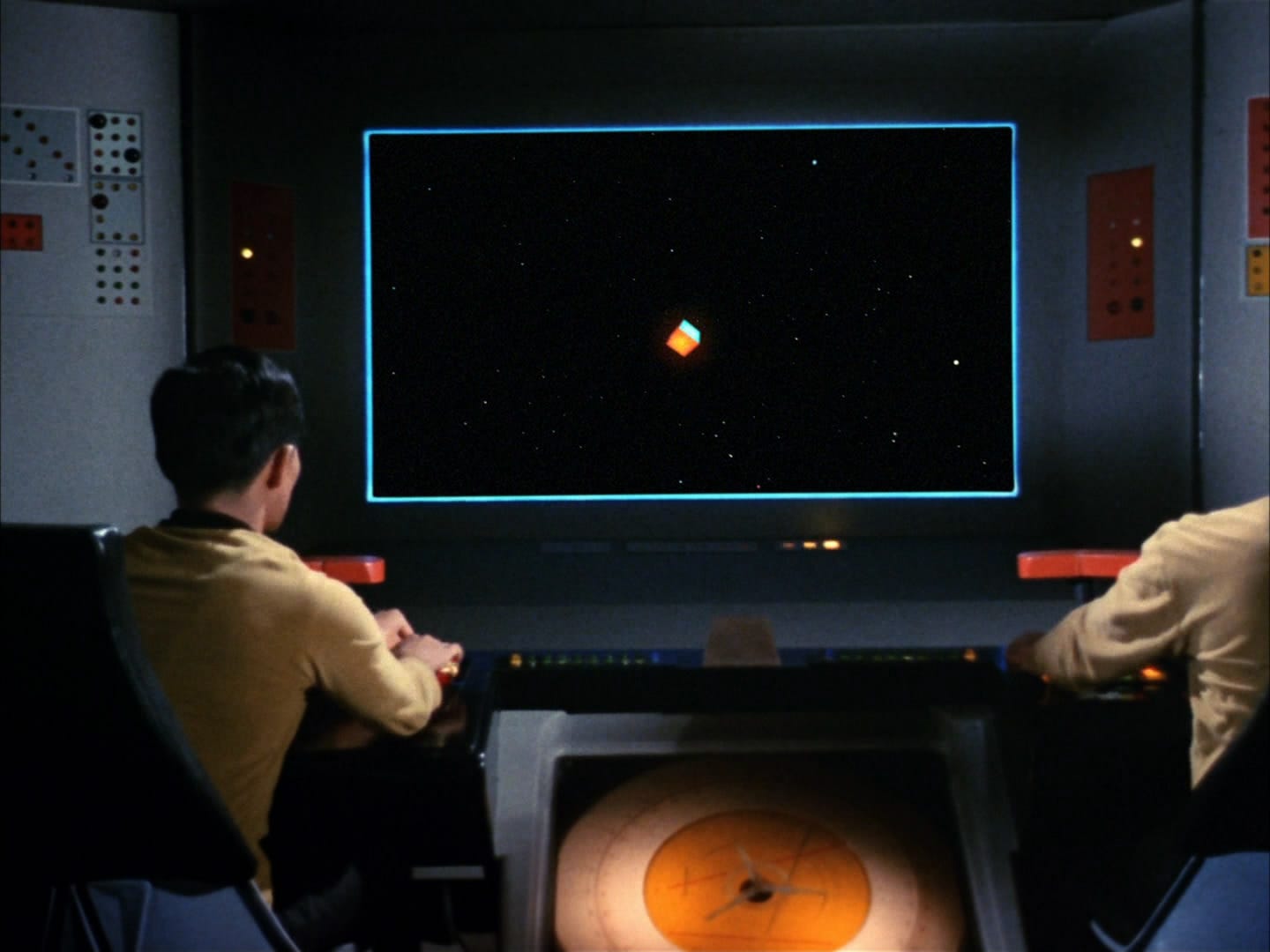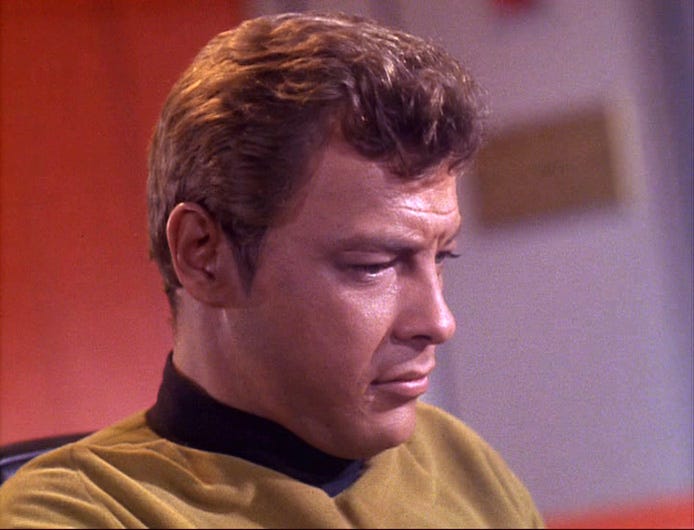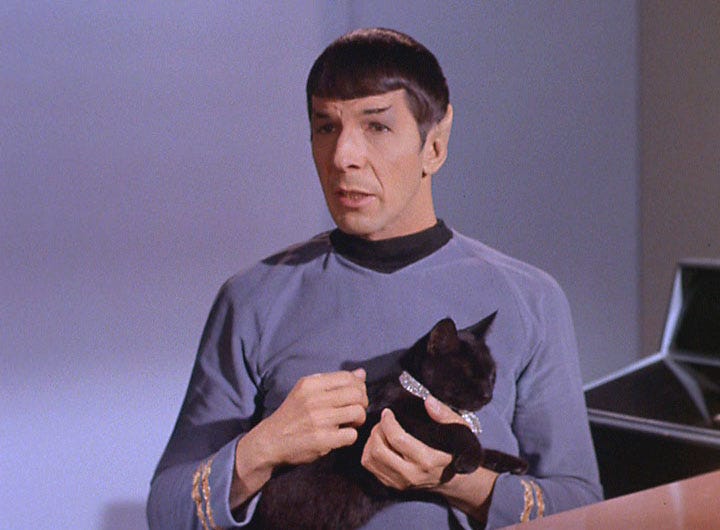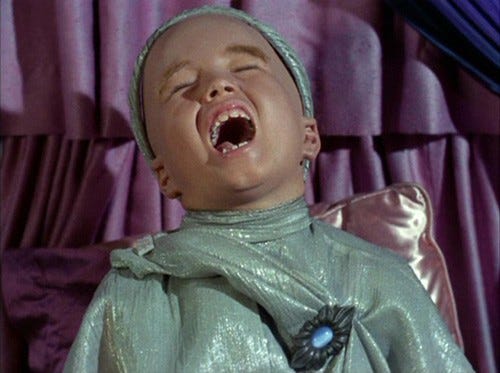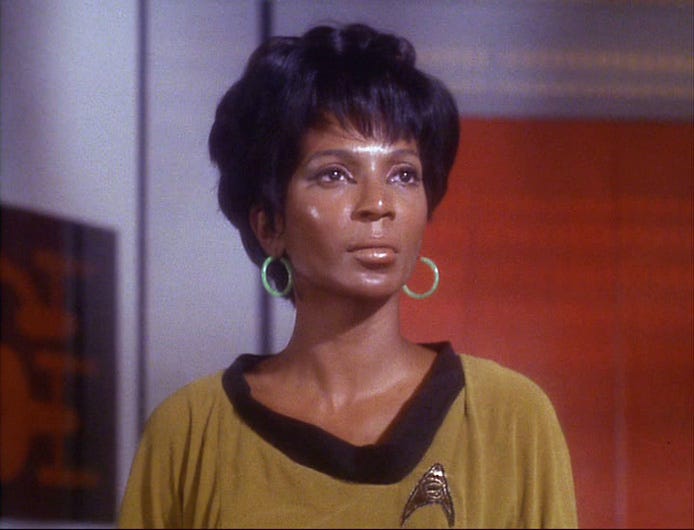Welcome to Star Trekking — random intersections in the final frontier.
Welcome to the seventh day of unboxing the Trek Advent calendar from Insight Editions.
Thanks for going on this journey with me.
Today I asked Bing Image Creator to give me a Star Trek alien drinking green alcohol.
Well you’ll soon find out. Remember that this post contains spoilers for the contents of the advent calendar, so proceed at your own risk.
Day 7’s gift is a bottle stopper adorned with the iconic head of Balok.
As you are no doubt aware, I am not much of a photographer.
In the old days, before synthehol.
You could probably swap out the stopper on this for the Balok one.
MEANWHILE…
Here’s an old dive into deep space, written several years ago. But don’t worry, our intentions are peaceful.
So brush up your poker skills as Captain Kirk plays The Corbomite Maneuver.
Busy photographing stars in a part of space where no ship has gone before, the Enterprise encounters a strange cube which blocks their path. Later, the cube’s owner, Balok, of the mile-wide starship Fesarius, engages Captain Kirk in a battle of wits to determine the fate of both their ships.
This early episode is truly iconic. From Fred Steiner’s score to McCoy’s “What am I, a doctor or a moon shuttle conductor?” to Spock’s “Fascinating,” all the elements are here. And this is only the third episode filmed – really the first “regular” episode, since the first episodes filmed were the two pilots (The Cage and Where No Man Has Gone Before). Kirk gets to strut around sweaty and shirtless at the opening and Spock gets to flaunt – and be shamed by – his reliance on logic. McCoy bursts in with concern for a single crewman’s health and Kirk gets to show how humans prevail over their primitive instincts and barbaric past.
Crewman Bailey really rubbed me the wrong way this time. He’s frequently struck deaf and dumb by the wonders in front of him. Really, get this guy off the bridge. The first time he daydreamed a mistake, fine, but the second and third and fourth times? Send him down to swab the decks before he gets everyone killed. I guess McCoy’s rejoinders to Kirk about “promoting him too fast” were supposed to make me feel like Kirk has a lot of faith in Bailey, but Bailey doesn’t seem to warrant that kind of trust.
And speaking of McCoy’s rejoinders, it seemed really odd that he gave Kirk this kind of lecture when they were potentially minutes away from their own destruction. Despite Balok’s warning to the humans to make things straight with their deities, the crew seems to just keep meandering on about their business. Yeoman Rand, it turns out, was farting around, using a phaser to make a pot of coffee, while the doomsday countdown clock ticked away. She waltzed onto the bridge mere moments after the sigh-of-relief from avoiding certain death. Is Rand’s deity housework?
And speaking of deities, here’s an interesting mention. Balok (the robot version, voiced by Ted “Lurch” Cassidy) assumes the crew of the “United Earth Ship” Enterprise seek comfort in a deity or deities. No real response from the crew on that matter, but a nice nod to the idea that aliens won’t share our belief systems – and that even among us, belief systems differ. The alien nature of Balok seems to be the crux of the episode. It’s all about encountering something beyond our ken. Kirk makes a speech about aliens, that we’ve encountered them before and usually found them to be non-threatening. So the ship & crew at this point seem to be quite human-centric. Spock is their only alien, and his salient trait is hinted at being curiosity. Which is interesting, in light of what I remember from the back cover of the first Blish novelization.
The first books I remember buying for myself were Star Trek books, bought with money I got from my grandfather. He’d purchased a savings bond for me when I was born and it was given to me on my (tenth?) birthday. And I chose to immediately cash it in and blow the proceeds on Star Trek books – a couple of James Blish novelizations and David Gerrold’s World of Star Trek & Trouble with Tribbles. On the back of the first novelization, Spock is described as being completely unemotional and alien except for his “cat-like curiosity.”
Balok remains an interesting character. First interacting with the humans through his threatening puppet, Balok turns out to be a friendly and rather childlike example of what would become a Star Trek trope, the advanced alien testing our primitive species. His love of Tranya, his favorite drink, still reverberates. In college, my friend Stephen Meyers and I concocted our own recipe for Tranya and consumed it often, always with a nod to Balok’s laugh.
The cocktail culture seems to be flourishing in the future, as plenty of drinks are served, most of them assumed to be alcoholic. None of your wimpy TNG synthohol here. And conversation is important. The plot, the danger to the ship, lingers as discussions are held. This is a nice melding of the “too cerebral” vision from Roddenberry’s first pilot with the “action-packed” adventure of the second. It’s slowly, deliberately paced, with many shots of the bridge that are just a bit different from the standard ones the show eventually fell into. The bridge itself is still a bit of a work in progress, with viewscreens that don’t always contain a graphic and Uhura in the wrong colored outfit (and cursed to say “Hailing frequencies open” about 700 times). But it’s our bridge, the one we remember, albeit with a few more extras milling around than we got as the series progressed.
The future itself is still a little loose. Kirk makes a reference to something happening two centuries ago that seems a little advanced for placing in our present day. I think they were still under the impression that they were farther away in time from us than the 23rd century that became the official line.
So we’re still meeting this ship, this crew, this universe. And it feels reasonably adult, even fifty years on. This episode takes place almost exclusively on the Enterprise and, fittingly, the Enterprise is Kirk’s babe of the week. He talks about his responsibility to her and we sense the truth of that statement. This is Kirk’s ship. And it’s quickly become ours, too.
Remember: the human adventure is just beginning.
Neil

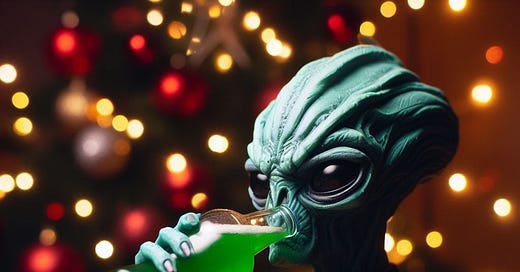


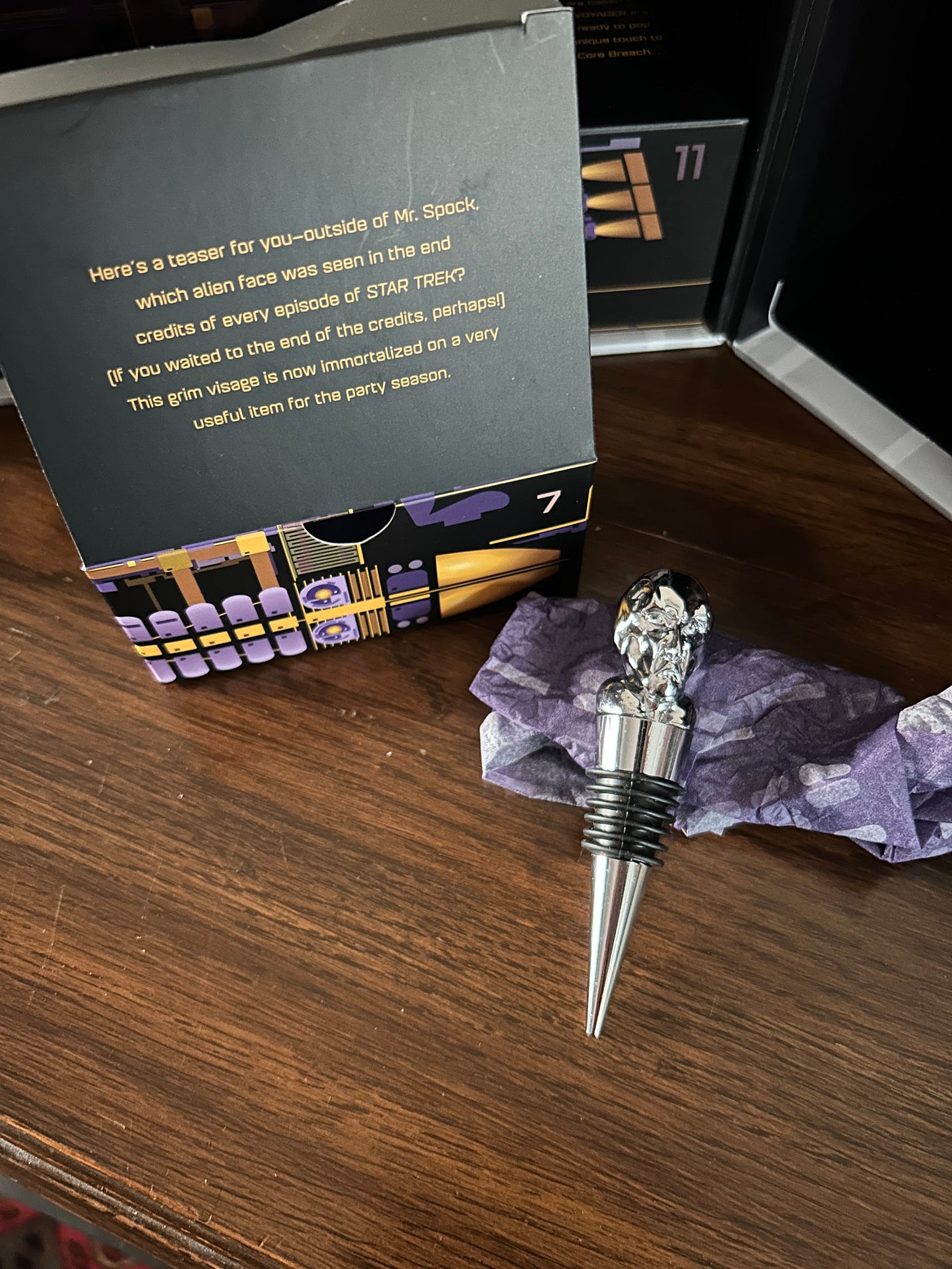
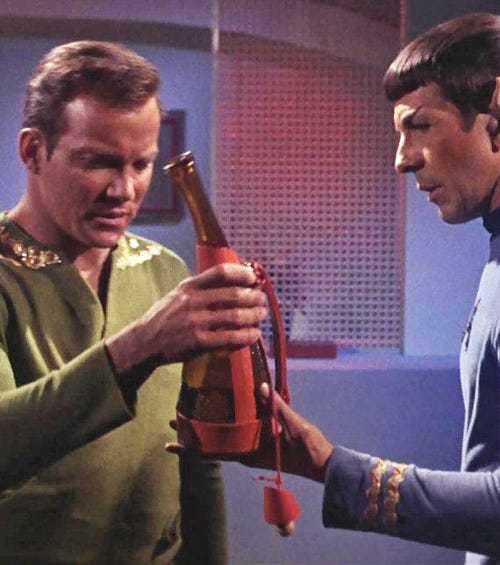
![Request] It's green. : r/startrekgifs Request] It's green. : r/startrekgifs](https://substackcdn.com/image/fetch/$s_!RX82!,w_1456,c_limit,f_auto,q_auto:good,fl_progressive:steep/https%3A%2F%2Fsubstack-post-media.s3.amazonaws.com%2Fpublic%2Fimages%2Fbf7546a1-6850-4a05-85a6-f64423dd630f_600x451.jpeg)
